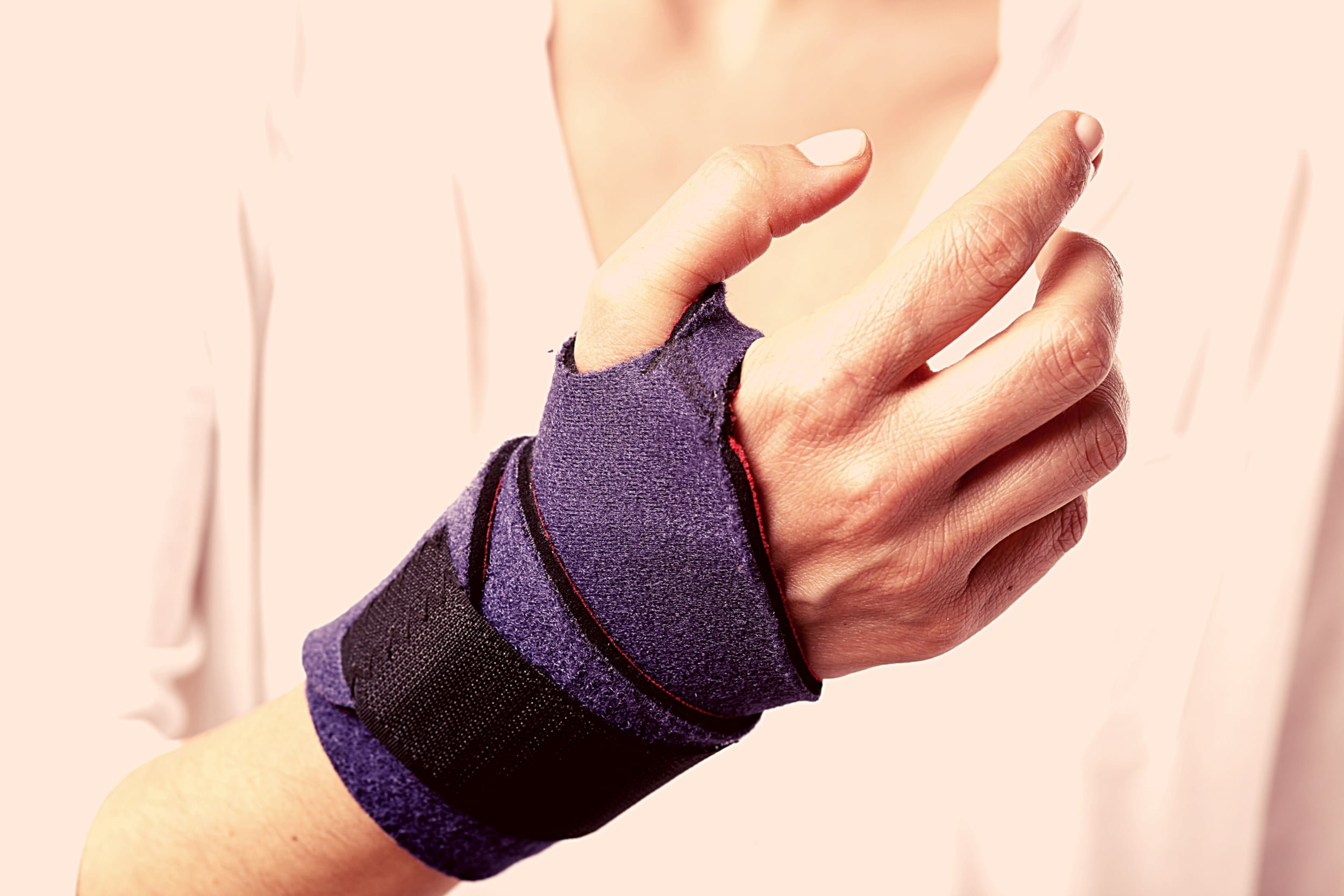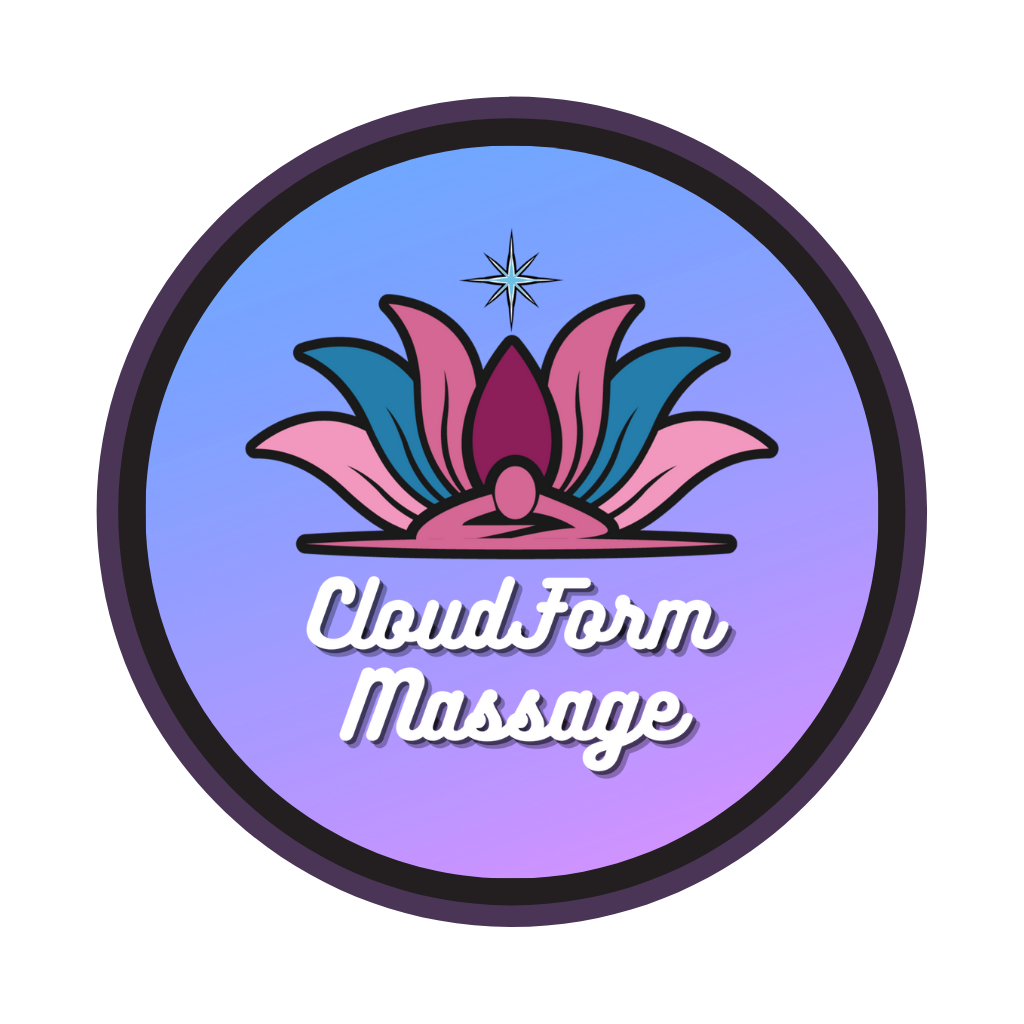
GET Tendonitis relief with Remedial Massage
understand its causes, symptoms and get effective relief.
What is TENDONITIS?
Tendonitis is a common condition that involves inflammation or irritation of a tendon, the thick fibrous cords that attach muscles to bones. This inflammation can cause pain and tenderness, limiting the range of motion and making daily activities more difficult. Tendonitis can occur in various parts of the body, such as the shoulder, elbow, wrist, knee, or ankle, and is often caused by repetitive movements, overuse, or sudden injury.
It can be a sudden onset of pain once your tendon reaches the limit or a gradual build up over time which results in pain & general dysfunction. It is important to not exacerbate your symptoms and begin seeking treatment.
Common Causes and Risk Factors of Tendonitis
There are several factors that can contribute to the development of tendonitis, including:
Overuse: Repetitive motions or excessive strain on a tendon can lead to inflammation and irritation.
Age: As we age, tendons can lose their elasticity and become more susceptible to injury.
Poor posture: Incorrect body mechanics during exercise or daily activities can place excessive strain on tendons, increasing the risk of tendonitis.
Sports and hobbies: Certain sports and hobbies that involve repetitive movements, such as tennis, golf, or gardening, can increase the risk of developing tendonitis.
Underlying medical conditions: Some medical conditions, such as rheumatoid arthritis or diabetes, can increase the likelihood of tendonitis.
Certain occupations and activities can increase the risk of developing tendonitis, such as gardening, carpentry, and playing certain sports. Identifying these risk factors can be helpful in preventing future occurrences of tendonitis and ensuring a successful recovery.
What Does Tendonitis Feel Like?
Tendonitis can affect people in different ways but typically as a result, the affected area will experience discomfort, pain & general irritation. There are also a few different symptoms you can look out for incase you think you are suffering from tendonitis.
Pain and tenderness at the site of the affected tendon, which may worsen with movement or activity.
Swelling and inflammation.
Stiffness and limited range of motion in the affected joint.
A sensation of warmth or burning in the affected area.
Difficulty performing daily activities or participating in sports and hobbies.
The goal of treatment for tendonitis is for people to experience less pain and regain more function, mobility & be able to go about your daily life without restriction again. It can take several sessions to relieve the pain & you may need more external support from a physiotherapist.
How does massage help you with tendonitis & Tendon Pain?
Massage therapy at CloudForm Massage can play a significant role in treating tendonitis by addressing the underlying causes of inflammation and promoting overall joint health in addition to many other great benefits. You will experience;
Pain relief: Massage therapy can help to alleviate pain by reducing inflammation and promoting relaxation of tight muscles surrounding the affected tendon.
Improved circulation: Massage can increase blood flow to the affected area, delivering essential nutrients and oxygen to support the healing process.
Enhanced flexibility and range of motion: By addressing muscle tightness and stiffness, massage therapy can help to improve joint mobility and flexibility, making daily activities and exercise more comfortable.
Reduced muscle tension and spasms: Massage can help to release tight muscles and relieve muscle spasms that may be contributing to tendonitis pain.
Faster recovery: By promoting relaxation, improving circulation, and reducing muscle tension, massage therapy can support the body's natural healing process and speed up recovery from tendonitis.
At CloudForm Massage, our therapists utilize a variety of massage techniques to address bursitis symptoms and promote healing, including deep tissue massage, myofascial release, and trigger point therapy. Each of these techniques can be tailored to your specific needs and preferences, ensuring a personalized and effective approach to bursitis treatment.
What Massage Techniques are used for Tendonitis pain Relief?
Our skilled therapists at CloudForm Massage utilize a range of massage techniques to address tendonitis symptoms and promote healing, including:
Swedish massage: This gentle technique uses long, flowing strokes to increase circulation, reduce inflammation, and promote relaxation.
Deep tissue massage: By targeting the deeper layers of muscle and connective tissue, deep tissue massage can help to release tension and alleviate pressure on the affected tendon.
Myofascial release: This technique focuses on releasing tightness in the fascia, the connective tissue that surrounds muscles and tendons. Myofascial release can help to improve joint mobility and reduce pressure on the inflamed tendon.
Trigger point therapy: By targeting specific tight spots within muscles, trigger point therapy can help to alleviate pain and muscle tension that may be contributing to tendonitis symptoms.
Sports massage: Designed specifically for athletes, sports massage can help to address muscle imbalances, improve flexibility, and prevent injury that may lead to tendonitis.
We may use a variety of techniques or massage styles to alleviate your pain, tension and discomfort.
How do you prevent Tendonitis from happening?
There are several steps you can take to reduce your risk of developing tendonitis including:
Warm-up before exercise: Warming up before engaging in physical activity can help to prepare your muscles and tendons for the demands of exercise, reducing the risk of injury.
Maintain proper form: Ensuring proper body mechanics during daily activities and exercise can help to minimize strain on your tendons.
Cross-train: Varying your exercise routine and incorporating different types of activities can help to prevent overuse and strain on specific tendons.
Gradually increase activity levels: Avoid sudden increases in intensity or duration of exercise, as this can place excessive strain on your tendons.
Use appropriate equipment: Wearing proper footwear and using appropriate equipment for your chosen sport or activity can help to reduce the risk of tendonitis.
We also recommend you book Remedial Massage regularly to ensure that you get the best care possible for your body. We want to keep you at your best so that you can live the life that you want.
Long-term Benefits of Remedial Massage for tendonitis
When you incorporate massage therapy into a regular self-care routine, we can provide long-term benefits for individuals suffering from tendonitis. Some of these benefits include:
Prevention of future flare-ups: Regular massage can help to maintain muscle and tendon health and prevent the recurrence of tendonitis by addressing underlying issues, such as muscle tension, imbalances, and poor posture.
Improved overall well-being: Massage therapy promotes relaxation, stress relief, and improved mental and emotional health, contributing to better overall well-being and a more positive outlook on life.
Enhanced physical performance: By reducing inflammation, improving flexibility, and strengthening supporting muscles, regular massage therapy can help to enhance your physical performance in daily activities and athletic pursuits.
Greater body awareness: Massage therapy can help to increase your awareness of your body's needs and potential areas of concern, enabling you to address these issues proactively and maintain optimal muscle and tendon health.
Reduced reliance on pain medications: Regular massage therapy can help to alleviate tendonitis pain naturally, potentially reducing your reliance on over-the-counter or prescription pain medications.
Faster recovery: Massage therapy can help to improve blood circulation to the affected area, delivering essential nutrients and oxygen to promote healing and reduce the recovery time from tendonitis.
Increased range of motion: Regular massage therapy can help to break down scar tissue and adhesions that may limit your range of motion, allowing for greater flexibility and ease of movement.
Better sleep quality: Alleviating pain and promoting relaxation through massage therapy can contribute to improved sleep quality, essential for healing and overall well-being.
Why Choose Us to help you?
Read some of our amazing reviews by hundreds of beloved clients
Experienced, Professional, Therapeutic.
At CloudForm Massage, our highly trained and experienced massage therapists are dedicated to providing personalized, effective care for clients suffering from tendonitis. We understand the impact that tendonitis can have on your daily life and are committed to helping you find relief through evidence-based massage therapy techniques.
Our client-centered approach ensures that your unique needs and goals are prioritized, allowing us to develop a tailored treatment plan that addresses the underlying causes of your tendonitis and promotes lasting relief. By incorporating massage therapy into your tendonitis recovery plan, you can experience the many benefits it has to offer and get back to enjoying your favorite activities without pain or limitations.
If tendonitis is impacting your life, don't hesitate to contact CloudForm Massage to schedule a consultation with one of our expert therapists. We are here to help you find relief and achieve long-lasting results through comprehensive treatment options and a personalized approach to care. Discover the CloudForm Massage difference and begin your journey to a pain-free life today.

Tendonitis pain Relief is a click away
FAQ About Tendonitis
Q: What is tendonitis? A: Tendonitis is the inflammation or irritation of a tendon, which is a thick fibrous cord that connects muscles to bones. It is commonly caused by repetitive stress, overuse, or acute injury to the tendon.
Q: What are the common symptoms of tendonitis? A: Symptoms of tendonitis include pain, swelling, and tenderness at the site of the affected tendon. The pain may worsen with movement or activity involving the affected area.
Q: Can massage therapy help with tendonitis? A: Yes, massage therapy can help alleviate pain, reduce inflammation, and promote healing in the affected tendon by increasing blood circulation, improving flexibility, and breaking down scar tissue.
Q: How often should I get a massage for tendonitis? A: The frequency of massage therapy for tendonitis varies depending on the severity of the condition and your individual needs. Your massage therapist at CloudForm Massage will recommend a treatment plan tailored to your specific situation.
Q: What other treatments can help with tendonitis? A: In addition to massage therapy, treatments like physical therapy, stretching exercises, rest, ice or heat application, and over-the-counter pain relievers can help manage tendonitis symptoms. In more severe cases, a healthcare professional may recommend additional treatments, such as corticosteroid injections or surgery.
Q: Can tendonitis be prevented? A: While not all cases of tendonitis can be prevented, adopting proper body mechanics, engaging in regular stretching and strengthening exercises, and avoiding overuse or repetitive stress on your tendons can help reduce your risk of developing tendonitis.
Q: How long does it take for tendonitis to heal? A: The healing process for tendonitis varies depending on the severity of the condition, the affected tendon, and the individual's overall health. Generally, with appropriate treatment and self-care, tendonitis can improve within a few weeks to a few months. However, more severe cases may take longer to heal.
Q: Can I continue my regular activities if I have tendonitis? A: It's essential to listen to your body and avoid activities that exacerbate your tendonitis symptoms. In some cases, modifying your activities or taking breaks to rest the affected area may be necessary for proper healing. Consult with a healthcare professional or your massage therapist at CloudForm Massage for personalized advice on activity modification.
What Else Can Help tendonitis?
In addition to massage therapy at CloudForm Massage, there are several self-care strategies you can implement to help manage tendonitis symptoms and promote healing:
Rest: Give your affected tendon time to heal by avoiding activities that cause pain or strain.
Ice: Apply ice to the affected area for 15-20 minutes several times a day to reduce inflammation and numb pain.
Compression: Wear a compression bandage or brace to help minimize swelling and provide support to the affected joint.
Elevation: Elevate the affected limb above heart level whenever possible to help reduce swelling.
Gentle stretching: Incorporate gentle stretching exercises into your daily routine to maintain flexibility and prevent stiffness in the affected joint.
Strengthening exercises: Once your pain has decreased, work with a physical therapist to develop a targeted strengthening program to help prevent future tendonitis episodes.
Visit A Physiotherapist for Diagnosis & Treatment Support if Remedial Massage is not helping your pain & tension.
It’s important to understand that often, preventing injuries is highly preferred over rehabilitation of injuries. This is because it is easier to manage soft tissue within the body before injuries occur and once an injury has taken place, a rehab plan & diagnosis is essential. We recommend visiting a Physiotherapist for Diagnosis & Clearance & seeing your massage therapist in tandem.
Book With CloudForm Massage Today & Experience Our Difference.
We Look Forward to Seeing You!

